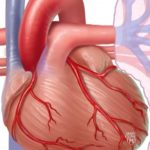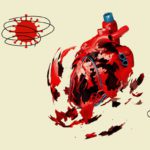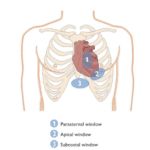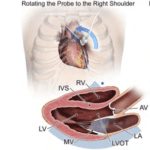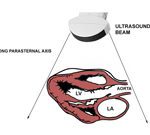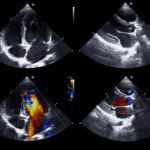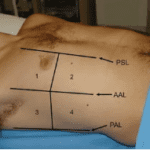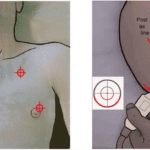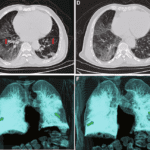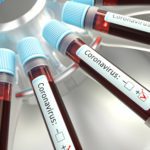Point-of-Care Ultrasound (POCUS) Hepatobiliary/Spleen Certification
This program is an online certification program designed to provide independent validation of a clinical provider’s proficiency in Hepatobiliary/Spleen POCUS. The POCUS Clinical Certification is comprised of two assessments: a Clinical Case-Based Assessment and a Peer Evaluation.
Clinical Case-Based Assessment
This clinical certification was developed using a standard template that has been customized for the liver, gallbladder, and spleen. The clinical case-based assessments are designed to simulate a clinical encounter. Question types range from multiple choice to hotspots. For hotspots, you will be asked to locate the requested feature within the interactive image provided.
Peer Evaluations
The peer evaluation is designed to assess your practical abilities in POCUS. Clinicians of your choosing will be sent an anonymous questionnaire to evaluate your POCUS abilities. Assessment results are based on the first two evaluations received.
Eligibility Requirements
You must meet the following requirements:
- Successful completion of the POCUS Fundamentals Certificate. A waiver is available for clinicians who have passed the Sonography Principles & Instrumentation (SPI) examination within the last 5 years or ARDMS®️ and APCA™️ Certificate holders.
- Must be a health care professional in good standing and actively practicing in a relevant clinical area.
- Attestation to the performance of and participation in the interpretation of 25 gastrointestinal POCUS cases within the last two (2) years.
Certification Maintenance
The POCUS Hepatobiliary/Spleen Certification is valid for five (5) years. Learn more about our Maintenance of Certification Program.
Need financial assistance to offset the cost of certification? Reduced fees are available for eligible countries.
Hepatobiliary/Spleen Certification
- Reduced fees for eligible countries.
- Prerequisite: POCUS Fundamentals Certificate
- A waiver is available for clinicians who have passed the Sonography Principles & Instrumentation (SPI) examination within the last 5 years or ARDMS®️ and APCA™️ Certificate holders.
Ready to prove your POCUS Proficiency?
Register for your assessment today on myPOCUS Portal and see why over 85% of users would recommend POCUS Certification Academy to their Colleagues.
POCUS Resources
Visit our learning library for educational hepatobiliary/spleen POCUS content.


